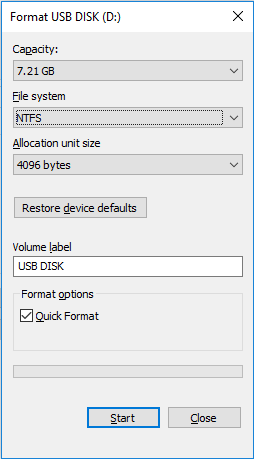

Basic disks also support clustered disks, Institute of Electrical and Electronics Engineers (IEEE) 1394 disks, and universal serial bus (USB) removable drives. Basic disks provide a simple storage solution that can accommodate a useful array of changing storage requirement scenarios. The term basic disk refers to a disk that contains partitions, such as primary partitions and logical drives, and these in turn are usually formatted with a file system to become a volume for file storage. Basic Disksīasic disks are the storage types most often used with Windows. For a simplified description of how a basic disk storage type relates to a physical hard disk, see Disk Devices and Partitions. For example, referring to a basic disk does not imply a particular partition style-the partition style used for the disk under discussion would also need to be specified. Note that the storage types discussed here are not the same as physical disks or partition styles, which are related but separate concepts. There are two types of disks when referring to storage types in this context: basic disks and dynamic disks. For more information about volumes and file systems, see File Systems. A volume has a Win32 path name, can be enumerated by the FindFirstVolume and FindNextVolume functions, and usually has a drive letter assigned to it, such as C.
#DEFINE DISK FORMATTING WINDOWS#
Before partitioning a drive or getting information about the partition layout of a drive, you must first understand the features and limitations of basic and dynamic disk storage types.įor the purposes of this topic, the term volume is used to refer to the concept of a disk partition formatted with a valid file system, most commonly NTFS, that is used by the Windows operating system to store files.


 0 kommentar(er)
0 kommentar(er)
